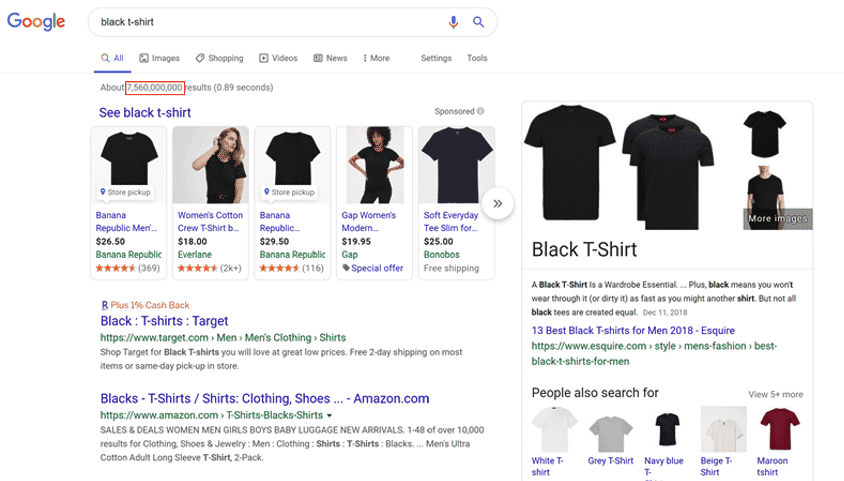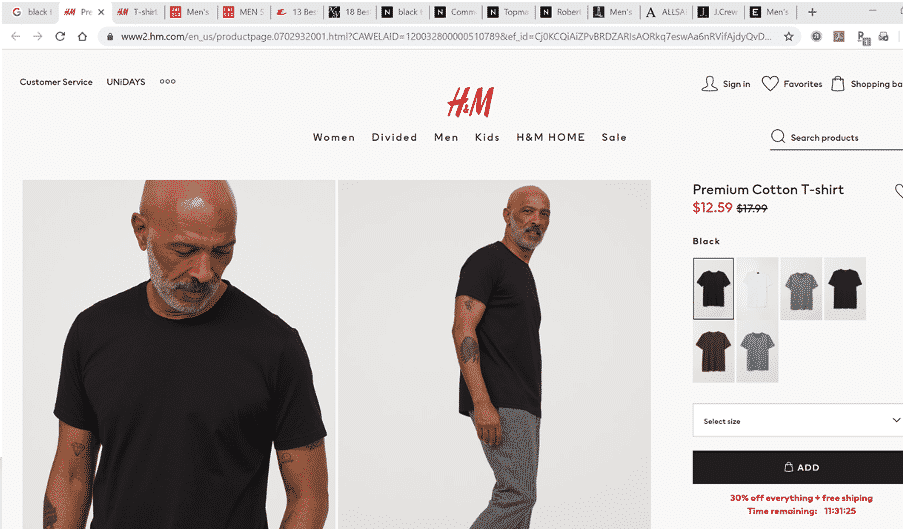How are people taking advantage of their internet browsers to help them shop? More and more, modern consumers are demonstrating a particular type of behavior when it comes to searching for and organizing information about products and brands — something we call multi-tab mentality.
What is Multi-Tab Mentality?
Today’s consumers are short on time and even shorter on attention. Multi-tab mentality — or opening several webpages in rapid-fire succession — makes it easier to compare and contrast different sources quickly and efficiently, or save items on those pages and revisit them at a later stage. This behavior often occurs during any task where it’s useful to have several similar items side-by-side, so you can easily flip through them, like when you’re scanning the news, comparing recipes, or reading up on the various uses for coconut oil.
At the same time, people are checking their email, skimming headlines, stopping by social media, and then returning to the hunt for a great black T-shirt — all in the same browser window, in one or several online sessions. Studies show that this behavior is especially popular with the younger generations, Gen Z and Millennials. In 2020, consumers are like detectives whose normal state involves toggling and making sense of lots of different types of content, all at once.
The Paradox of Choice
In the age of multi-tasking and information overload, marketers already know that consumers are used to receiving a ton of options within a single online search. On the consumer side, having many options can be a blessing, but it can also be a curse.
Let’s illustrate with an example. Sally is looking for a black T-shirt. During the first minute of her product hunt, she uses Google to search for “black t-shirts” which immediately returns an astounding 7.5 billion results.
At this point she may be asking herself a number of questions:
- What quality of black t-shirt do I want?
- What brands should I look at?
- How much do I want to spend?
- How fast do I need it?
- What does my favorite magazine say?
Then she opens up a tab with an influencer blog she’s bookmarked, another to search for “cotton vs lyocell”, and and yet another to see which t-shirt brand her favorite celebrity recently wore to dinner. This leads her down a rabbit hole of evermore options for black t-shirts.
The Paradox of Research
On her first tab, Sally scrolls down and quickly opens up two articles that promise a roundup of “best black t-shirts”. She toggles over to Google Shopping, then clicks on four brands’ ads and two ads on retail websites. From there, she opens up several more varieties of black t-shirts.
After a few minutes of scanning what’s on each tab, Sally eliminates a few of them. She opens several new tabs with additional alternatives and spends the next 10 minutes digesting the information, switching back and forth to compare different products. When the seemingly endless number of similar products offered combines with the myriad outlets from which she can get information, Sally has a lot of things to think about.
The 2020 Consumer Journey is a Hunt
In today’s shopping landscape, alternating periods of quickfire information hunting (opening of new tabs) with periods of information digestion (considering different brands / products) is typical of the 2020 consumer. Modern shoppers are adept at tracking down information to narrow the field of product contenders, whether it’s looking at customer reviews, product features and materials, or even a company’s supply chain.
Today’s customer journey is a hunt — and people are taking the time to sniff out all the options.
To connect with shoppers who are constantly in this multi-tab mentality, advertisers need to be there at moments of high-intent, all along the non-linear customer journey. For more on how to master the new consumer mindset, download our Shopper Story report:
























